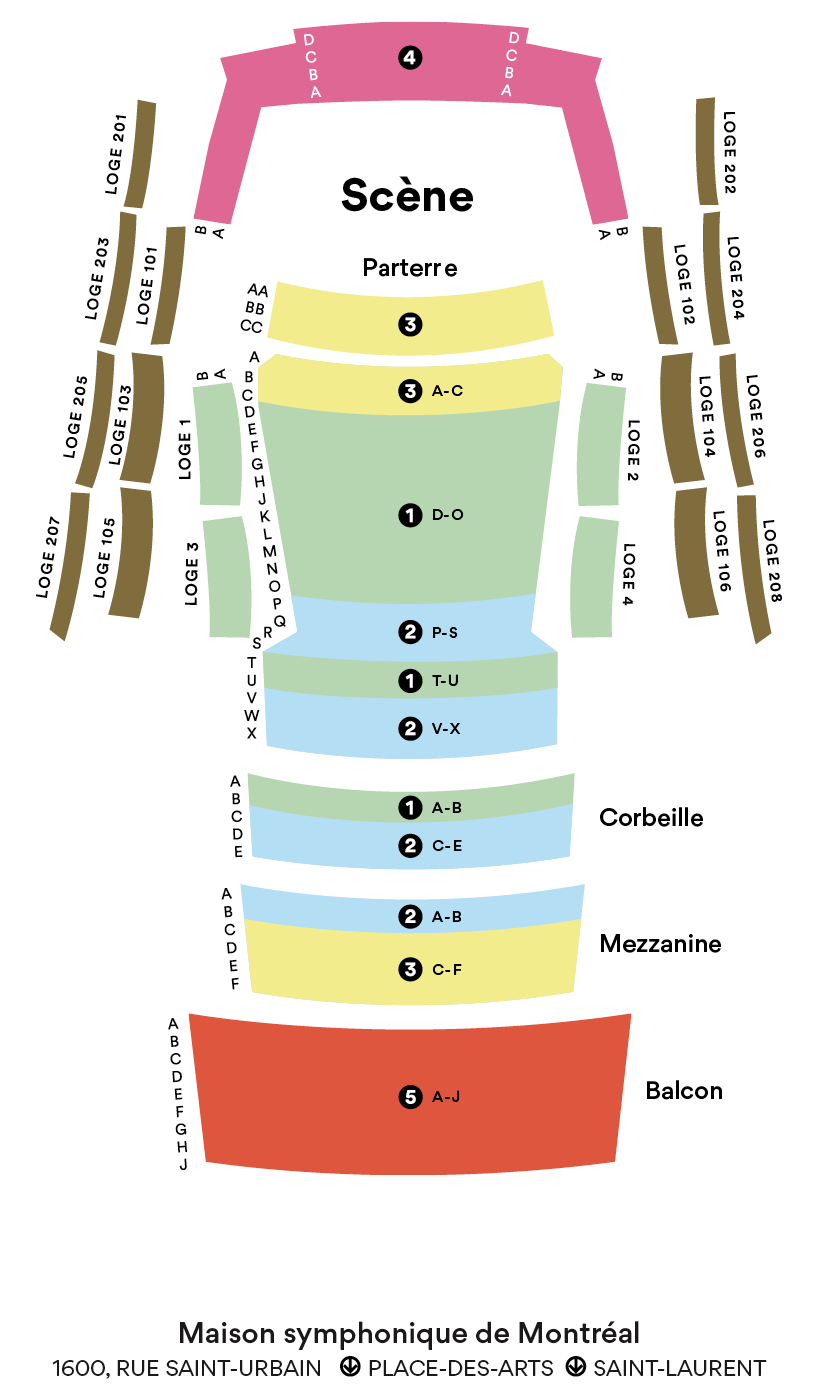Funeral Song
Stravinsky
1882 – 1971
“I remember the piece as the best of my works before the Firebird, and the most advanced in chromatic harmony.” – Igor Stravinsky, Memories and Commentaries, 1959
Igor Stravinsky always wanted to be a composer. Born in Oranienbaum, a summer resort frequented by Saint Petersburg’s high society, he often accompanied his father to the opera, where the paternal bass sang leading roles in key Russian, French and Italian repertoire. Young Igor also attended concerts, learned the piano and soon became interested in composition, mostly teaching himself. A few years later, he evinced no interest in his law studies – he graduated in 1906 – but did form a connection with a fellow student, none other than the son of Nikolai Rimski-Korsakov. After getting to know the young Stravinsky, Rimski-Korsakov had him enrolled at the Saint Petersburg Conservatory, which the famous composer headed, and gave him private lessons on classical forms and orchestration.
Stravinsky’s early compositions chart the gradual development of his future sound world, which he would construct “outside the subjective realm of passion and emotion,” as Robert Siohan puts it. In the summer of 1908, as a wedding present for Rimski-Korsakov’s daughter, Stravinsky sent the older composer the piano sketch for Feu d’artifice, which would end up becoming “a small fantasy for large orchestra” and already showed great originality. But the package was returned to him: the intended recipient had died before it could be delivered. The two composers were bound by a mutual affection and, as a memorial to his mentor, Stravinsky composed a Funeral Song, marked Largo assai, for orchestra. The work was premiered in 1909 at the first of the Belyayev concerts paying tribute to Rimski-Korsakov.
Unfortunately, whether through negligence or due to the storm clouds gathering over Russia, the score was lost. Stravinsky recalled his composition in 1935 in his Chronicle of My Life: “I can remember the idea at the root of its conception, which was that all the solo instruments of the orchestra filed past the tomb of the master in succession, each laying down its own melody as its wreath against a deep background of tremolo murmurings simulating the vibrations of bass voices singing in a chorus.” In 2015, however, the orchestral parts turned up during a major housecleaning of the Saint Petersburg Conservatory’s archives and library. The work entered the repertoire immediately.
As Sudip Bose describes, “The Chant funèbre, lasting a little more than 10 minutes, is a deeply meditative funeral march, a haunting elegy in which the pervading sense of darkness is occasionally shot through with flickers and bursts of light.” Some have seen in its atmospheres, opulence and motives echoes of Rimski-Korsakov, Wagner, Tchaikovsky, Mussorgsky and Scriabin but nothing particularly innovative. Bertrand Dermoncourt feels it is “his first very personal work,” one that, in the uneasy murmuring of its opening, already points to The Firebird, the masterpiece Stravinsky would compose two years later for Diaghilev’s Ballets Russes. Is Funeral Song a “missing link” in the young Stravinsky’s career? Opinions differ.
Be that as it may, this fine tribute to a revered master can today be appreciated on its own merits. Appearing first on a muted horn, the theme reappears throughout the piece in various colours and textures amidst an omnipresent chromatism. Toward the end, writes Richard S. Ginell, “some serious mourning starts to take hold, and here one characteristic of the future Stravinsky turns up: the avoidance of sentimentality. He grieves, he’s lost, but he remains stoic.” And unless it is to evoke the flight of the soul, the harp’s long ascending arpeggio that marks the end leaves us in a state of bafflement.
© François Filiatrault
Translation by Craig Schweickert
